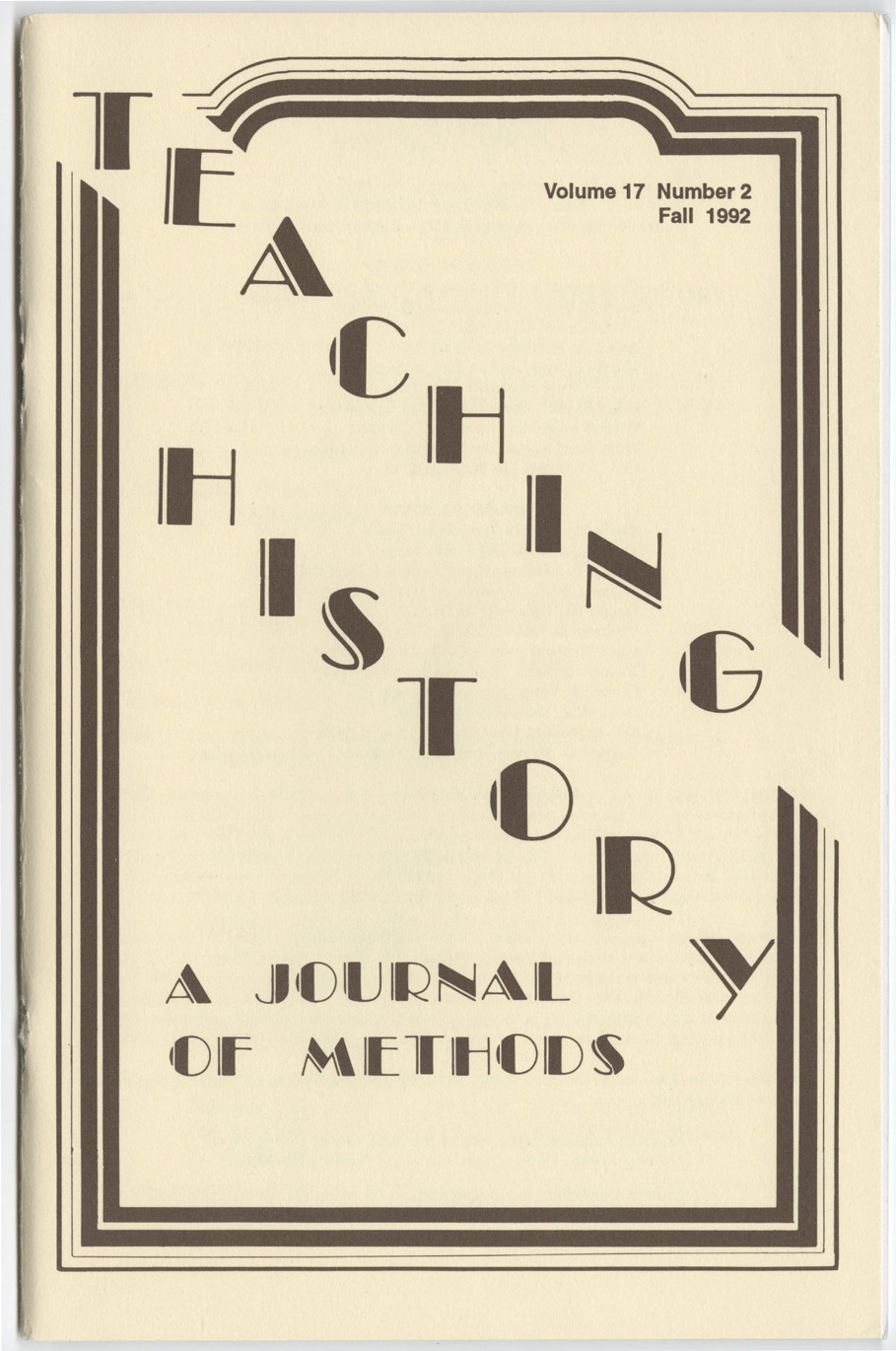A "Great Issue" Format In The Ameican History Survey
Analysis Of A Pilot Project
DOI:
https://doi.org/10.33043/TH.17.2.51-58Abstract
The basic American history survey at the State University of New York, College at Oneonta, is similar to that of other public undergraduate institutions with liberal arts and pre-professional programs. Approximately five sections of our "Problems in U.S. History I" (1607-1877) are offered in the fall semester and an equal number of the second half (1877-the present) are scheduled in the spring semester for mostly freshmen and sophomores who generally have little or no history background. They register for the course to meet our basic curriculum requirements, those of pre-professional education programs, and/or out of a personal interest in the history of their own country. Each of the six instructors who teach the course have full individual autonomy in the selection of topics, reading materials, and visual aids.
As instructors who teach the course on a regular basis, we have become increasingly dissatisfied with its format. Although we believe that our sections effectively provide a comprehensive survey of American development, their broad chronological scope eschews in-depth examination of topics. Like most survey courses at present, they opt for breadth at the expense of depth. Equally challenging to us as instructors is the diversity of our students' intellectual and cultural backgrounds as well as their apathy and often limited knowledge of America's development as a nation. Clearly then, some method of instruction had to be found that would meet our concerns.
Downloads
Downloads
Published
How to Cite
Issue
Section
License
Copyright (c) 1992 William Simons and Armand LaPotin

This work is licensed under a Creative Commons Attribution-NonCommercial-NoDerivatives 4.0 International License.
By submitting to Teaching History, the author(s) agree to the terms of the Author Agreement. All authors retain copyrights associated with their article or review contributions. Beginning in 2019, all authors agree to make such contributions available under a Creative Commons Attribution-NonCommercial-NoDerivatives 4.0 International license upon publication.



